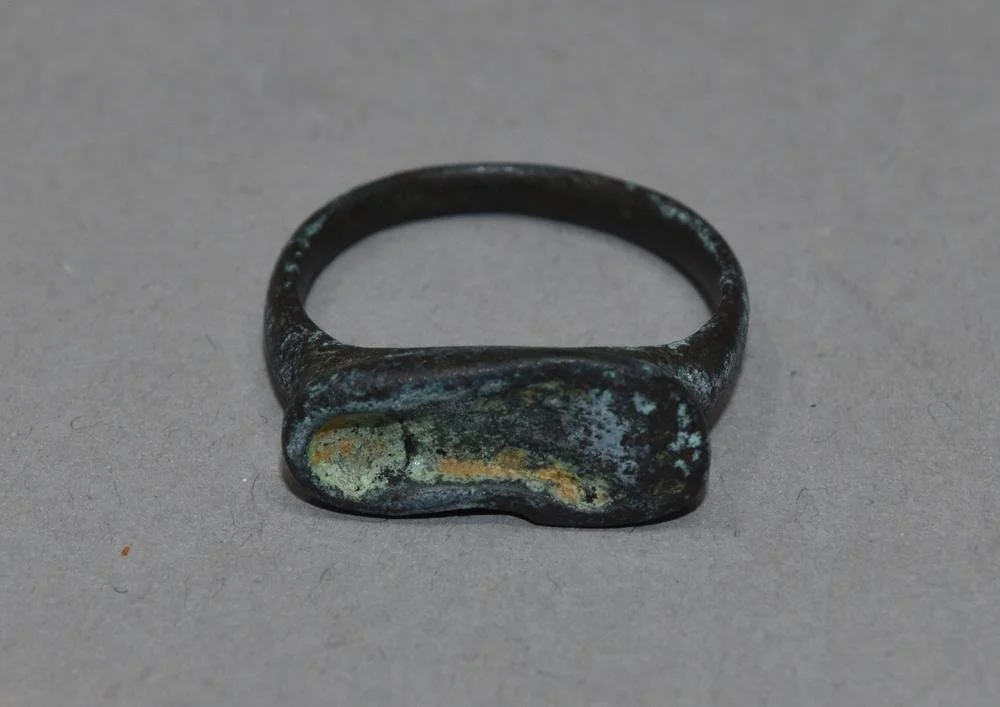History and care of bronze Jewelry
Bronze is something called an alloy, which means it is a mix of different types of metals. Bronze is made up of a high percentage of copper with a little bit of tin. Since the bronze age, it has been used in construction, tools, farm equipment, weapons, sculptures, masks, vessels, instruments, coins, jewelry, and more.
Bronze is an incredibly durable material, which holds up well to daily wear. Its use in jewelry dates back to its first use around 4500 years ago during the bronze age. Its strength and wide range of applications completely changed the world and defined a long era of human history. Previously, societies depended largely on stone for tools. Unlike stone, bronze was easier to shape and sharpen, making it ideal for tools and much more durable. Bronze could also be melted down and reused, allowing people to repair or create new items. Beyond the massive societal changes in industry and trade that were brought on by new and improved tools, the widening use of bronze during the bronze age completely revolutionized metal craft. It is in this period that we begin to see intricate and decorative designs in metal jewelry, as craftspeople mastered new techniques in bronze, gold, silver, and electrum. Many of these techniques are still widely used to this day.
Like silver, bronze does tarnish over time, developing a beautiful warm tone that can turn into a dark patina. Because of the copper content, it can develop an antique green cast when it reacts to moisture over a long period of time. This can be prevented by removing dirt, oils, and moisture from jewelry after wearing, and making sure to dry your jewelry when needed. I like to keep a silica packet in my jewelry box to help keep out moisture and prevent tarnish.
Due to its copper content, a bronze ring may leave a green tint on your skin depending on your unique body chemistry. The copper in bronze reacts to moisture, sweat, and skin oils and creates a harmless tarnish called copper oxide, which is what leaves behind the green mark. People that live in humid environments and skin types with a higher acidity are more prone to this oxidation process. The green cast has nothing to do with the quality of the material or the craftsmanship, and is a natural process of alloys containing high amounts of copper.
Bronze stamp ring with the impression of a foot. Minoan, 1600BC-1100BC.

